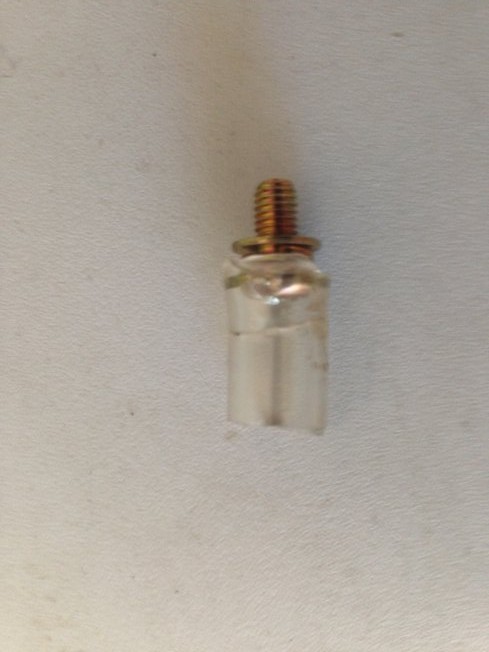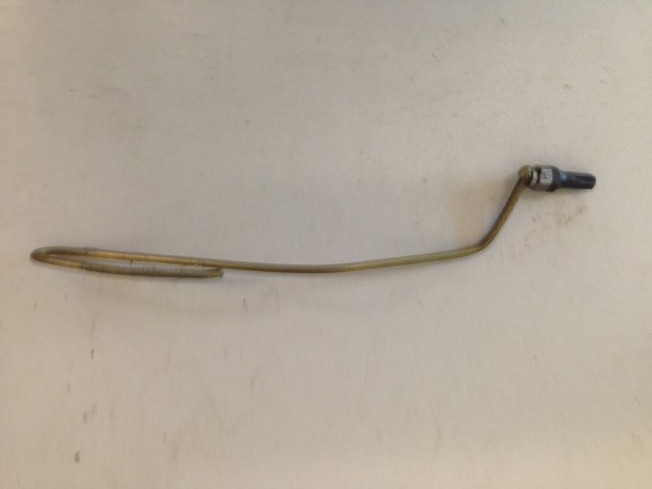Is this better?
This is for a 2013 FJR
As discussed in another thread. I was having problems with jerky throttle response at low revs.
After changing the plugs, balancing the throttle bodies, using Wurth additive to remove water from fuel and also using a couple of doses of injection cleaner there was no real change.
I narrowed the problem down to the TPS. The main difficulty with this job is getting to the furthest forward screw (front screw). Remove one of the fairing screws from behind the removable cover to give a bit of flex in the fairing, I used a piece of wood to hold it away from the frame. You can see the TPS in front of the orange fuel connector.

Here is a better view of the TPS, it's the bit with the blue spot on it.
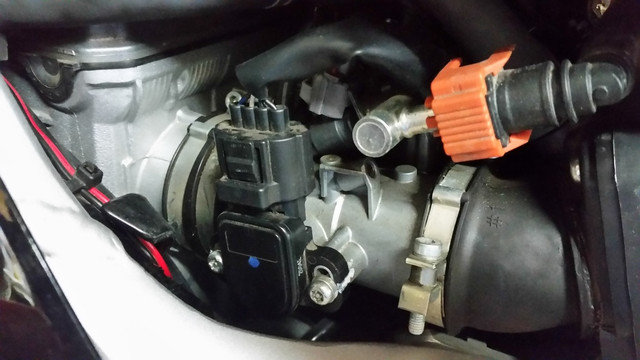
It is possible to get to the front screw with a standard security torx key
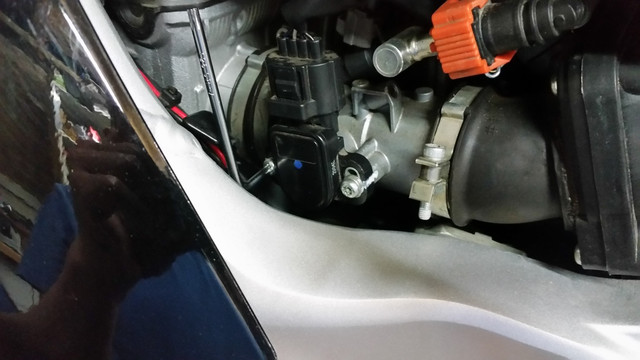
Another solution is a cut down security torx bit and a 1/4" AF combination spanner
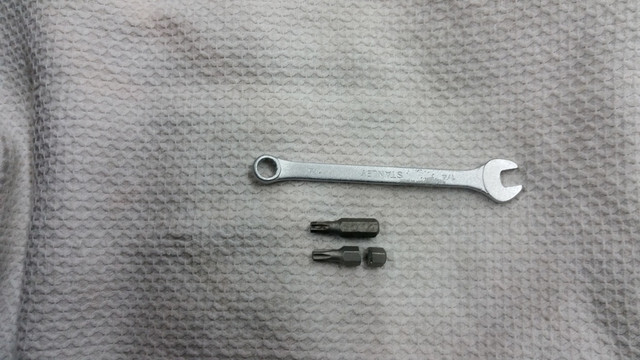
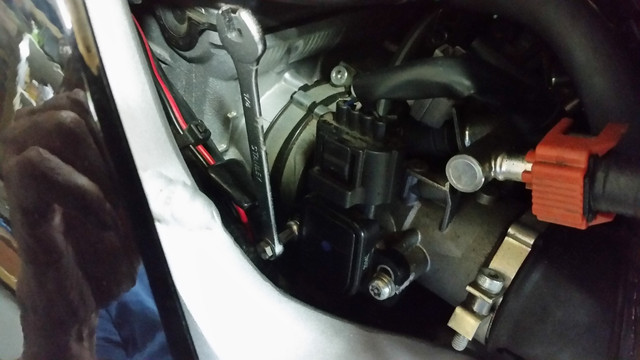
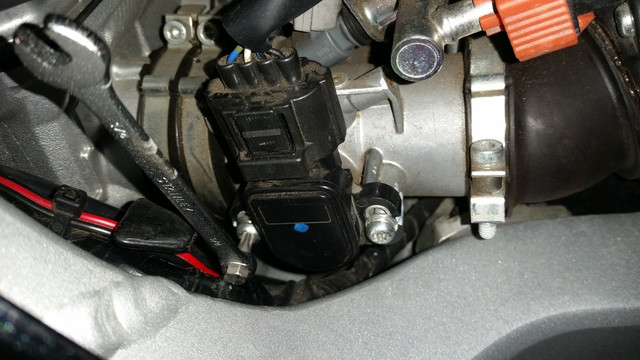
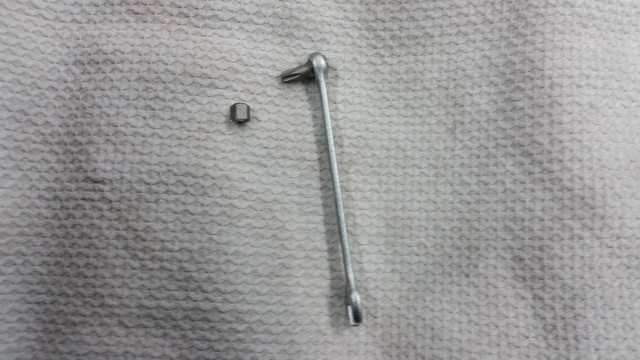
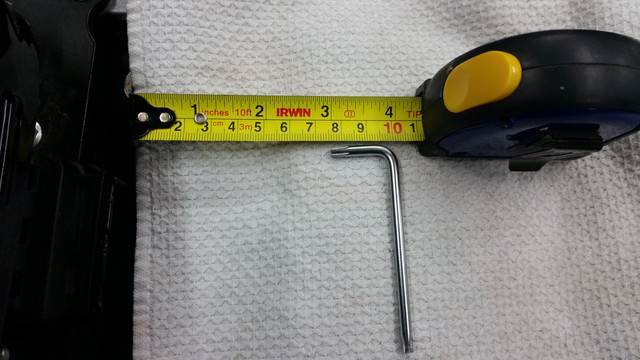
It helps if you have small hands, it is a bit fiddly but it can be done.
Disconnect the connector undo the screws, take off the TPS and give it a few squirts with contact cleaner (I used Halfords) and turn it through its full movement range a couple of times.
Put the TPS back on tighten the screws lightly to allow the TPS to turn. Then you have to calibrate it.
Direct quote from the Haynes manual regarding Throttle position sensor (TPS)
On 2013-on models, position the sensor and lightly tighten the screws. Connect the sensor wiring connector. Simultaneously press and hold the TCS and RESET buttons on the instrument cluster, then turn the ignition ON and continue to hold the buttons for eight seconds or more until DIAG appears in the LCD display. Press and hold TCS and RESET buttons for two seconds until the code 01 is displayed. Carefully adjust the position of the sensor until 12-21 is displayed, then tighten the screws. Turn the ignition OFF.
Not sure why they say between 12 and 21, seems a bit ambiguous to me. I checked my position before I removed it by following the instructions above and mine was set to 15 which is about halfway. So when re-installing a set it to the same value.
This may only be a temporary fix if the internals are worn but at least if it occurs again I'll know which part to order and how to change it.
It has now been about 8000 miles since I did this and it is still fine and working as it should.
Hope this helps someone.





























































